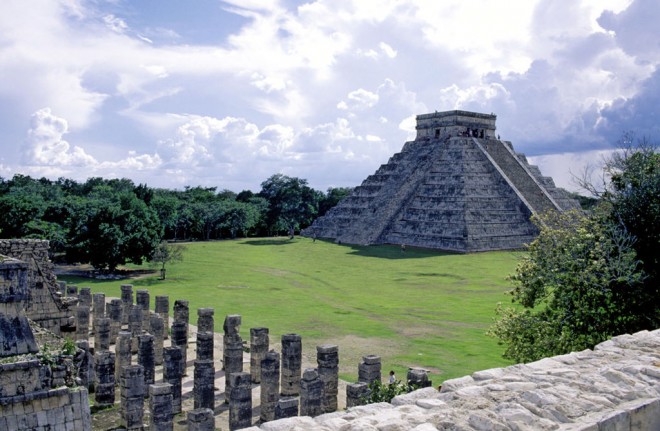Ephesus’ Celsus Library. Image from Wikimedia Commons user Benh LIEU SONG.
When you travel, it’s easy to get caught up in the moment – sights, sounds, smells, and a thousand other stimuli that assault and thrill the senses as you venture into a new city, country, or culture.
And yet, an understanding of the past that shaped your newest destination can help both make sense of what you’re experiencing and give you a deeper appreciation of it, no matter what your area of interests are when you travel.
Here are five of the best ways to explore cultural history when you’re travelling:
1. Walk the Streets
Finding the oldest areas of a city and simply walking is one of the best ways to understand how the past and present of a place merge together, either harmoniously or in disjointed ways. Seeing cafes tucked into the corners of historic buildings; old churches, temples, or mosques beside modern skyscrapers; and even teenagers walking past 500-year-old buildings in jeans and t-shirts all gives you a better perspective of how a place was and what it has become today.
2. Experience cultural traditions
Whether dining at traditional-style restaurants, watching folk dances, or attending performances of traditional music, experiencing a culture’s traditions is a wonderful way to learn about both the past and present.
It’s even more enriching and fun if you can participate through a dance or music lesson, or a cooking session. You can often find these hosted (preferably by locals) at schools or academies or, better yet, authentic settings like homes or bars.

Children folk dancing at a cultural event in Fethiye, Turkey. Image by Joanna Farley (all rights reserved).
3. Visit Museums
While you should always keep in mind that museums usually give a sanitized version of history presented through a specific lens, they’re still a great way to learn about both general or specific elements or events of a place and its culture. And although they usually present the “official” story, museums are also a great way to discover events, people, or sub-cultures you’d like to learn more about.
4. Read Fiction and Fact
Both factual accounts and fictional reads set in the cities you visit are wonderful ways to explore the cultural history of a place, Biography, autobiography, fiction, or “faction” — whichever genre you prefer, picking well-researched books, contemporary accounts, or literature written by local authors all give you a greater understanding and appreciation of the space you’re in. Plus, it’s a thrill when you encounter a location mentioned in the book!
5. Visit Historic Sites
There’s nothing like visiting the actual sites where important events happened to understand a culture’s past.
Physically exploring a space of antiquity not only gives you a better understanding of how the people of that time lived, it also gives you a better sense of why the space is still so important or beloved by its country today. From crawling through narrow passages in underground cities to gasping in amazement at beautifully adorned palaces to feeling the sense of reverence that still fills a 1,000-year-old religious monument, experiencing what so many others before you have inserts you into a seamless cultural timeline of past, present, and future.

Chichén Itzá, Mexico. Image from Wikimedia Commons user Claude Belair.
